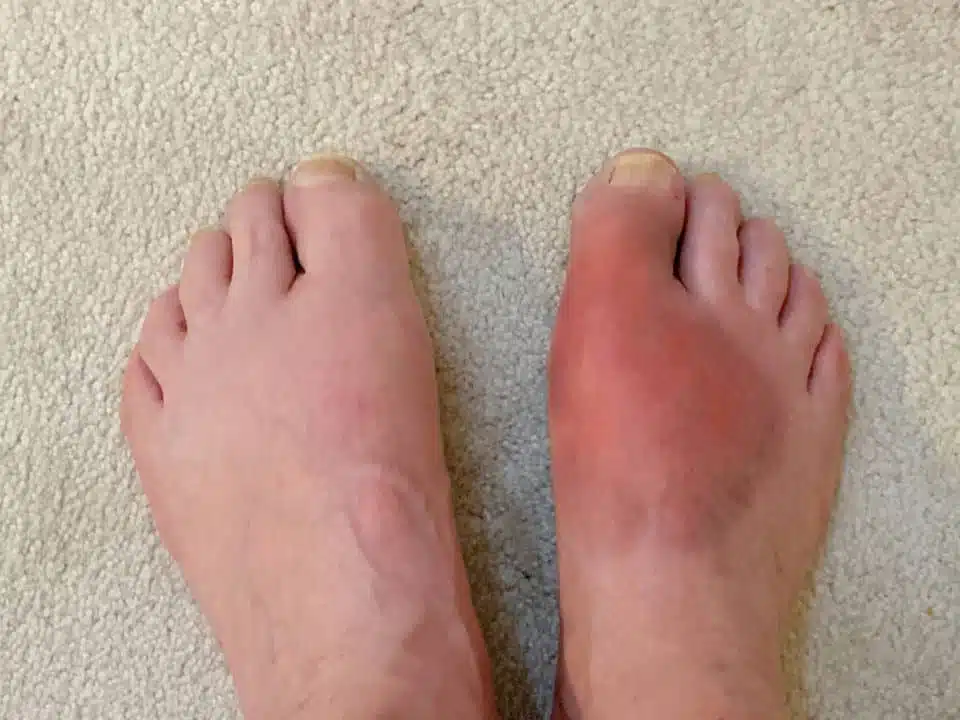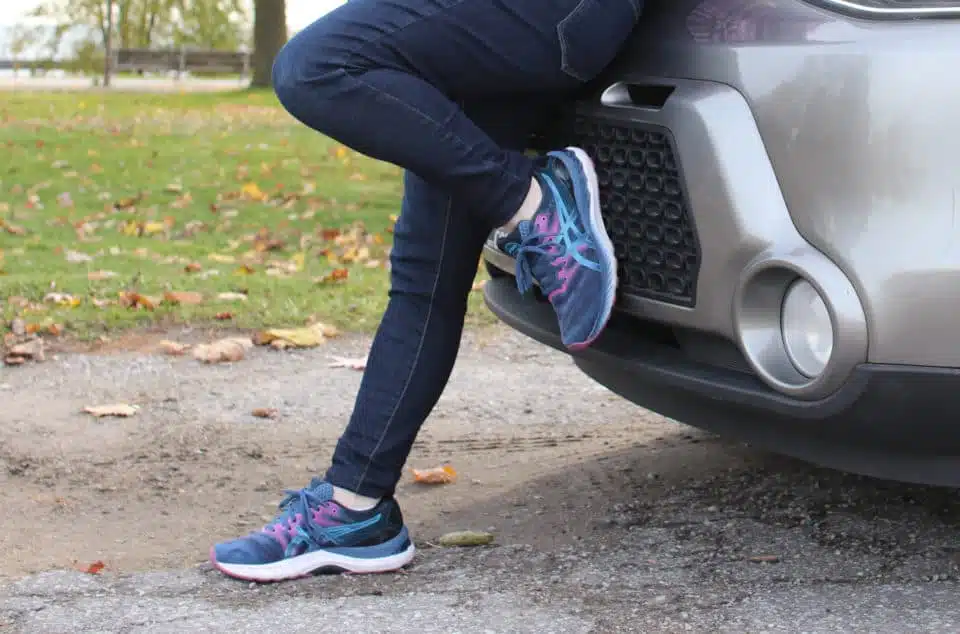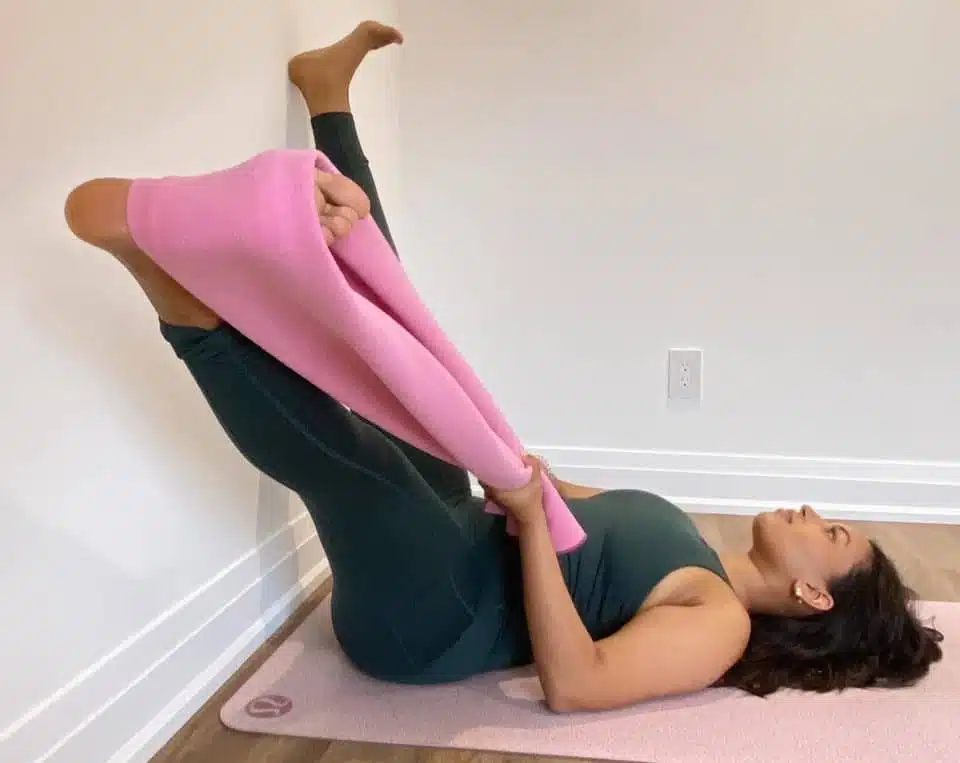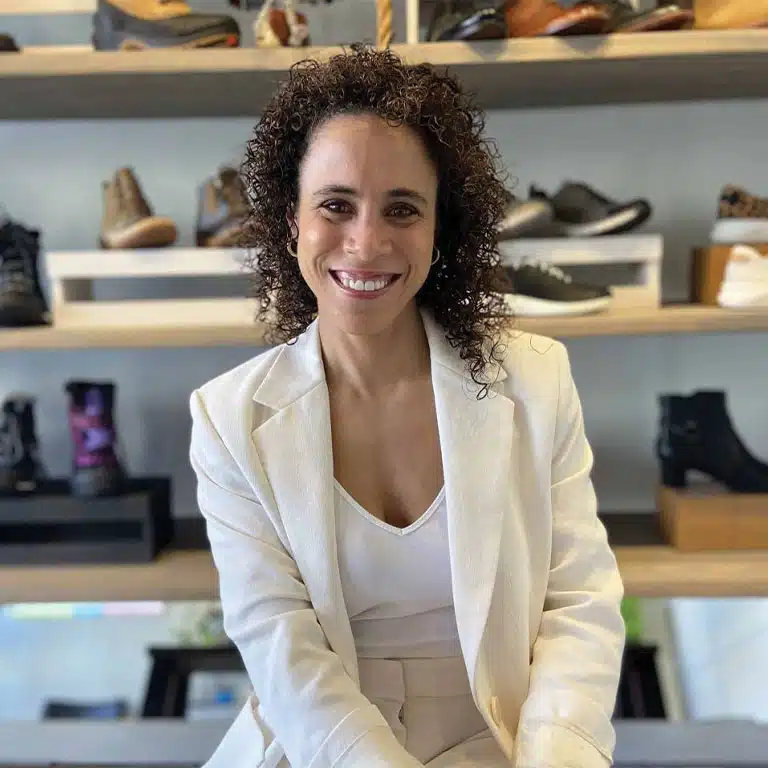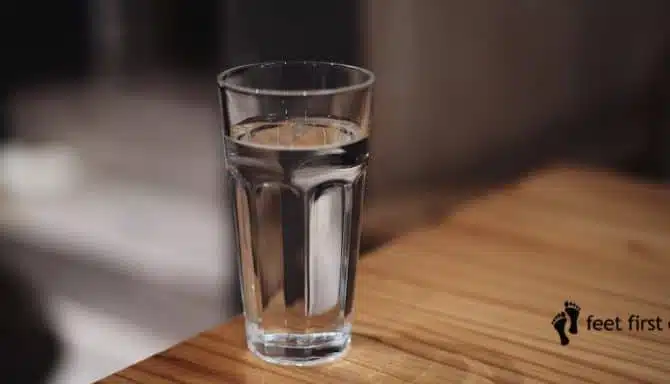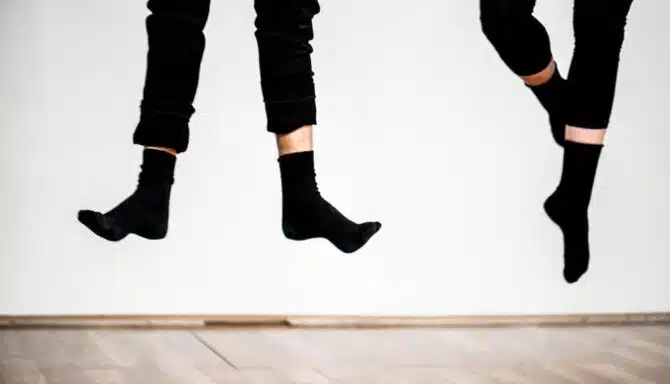There are numerous tendons, joints, muscles and bones in your feet, all of which maintain the spring in your step. However, this also means foot pain can occur in any area of the foot, including the bottom, around the toes, heels and at the top of the foot.
Pain at the top of the foot can be perplexing, especially if you haven’t experienced it before. If you notice pain in this area, it could be for several reasons, like a foot condition, injury, or overuse.
Undoubtedly, you can manage foot conditions that cause the top of the foot pain with proper foot care. Medications and the help of a healthcare professional, often a chiropodist, can also do the trick.
While this is good news, there could be another reason behind the pain, like a mild injury. Fractures and broken bones could become progressively more painful if you ignore them. Furthermore, it’s easy to neglect some of these injuries, like if you dropped something on your foot but didn’t notice the pain until later.
Today we’ll go over the possible conditions behind the pain on the top of your foot, and touch on some treatment options!
Foot Conditions That Cause Pain on the Top of the Foot:
- Extensor tendonitis
- Gout
- Bone spurs
- Osteoarthritis
- Rheumatoid arthritis
Extensor Tendonitis
Straining the extensor tendons (located on the top of the foot) can lead to extensor tendonitis, one of the most common causes of pain on the top of the foot. Extensor tendons can become inflamed and irritated for numerous reasons, leading to a nagging pain that may affect your daily life. Symptoms include aching, swelling and stiffness.
Extensor tendonitis is common in people who work on their feet all day and wear the wrong shoe size (i.e.: shoes that are too small). Physically active people who neglect to wear supportive footwear can also experience this condition. Luckily, extensor tendonitis is manageable with proper foot care and investing in proper fitting supportive shoes that match your foot type and gait pattern. At-home treatment options include resting with your foot elevated and compression with an ice pack. You can also make an appointment with a chiropodist to get custom orthotics to correct any underlying biomechanical issues that are contributing to the issue.
Gout
Gout is a form of arthritis and a foot condition that affects the joints in our feet. The culprit behind gout is uric acid, which accumulates and causes severe pain and deformities in the foot. According to Medical News Today, it generally affects the big toe. However, over time, gout attacks work their way up and can cause pain at the top of the foot as well. The pain caused by uric acid can come on suddenly and intensely. Redness and swelling, accompanied by the protrusions, can also occur.
Gout can look similar to an extremely large bunion, presenting as a red mass on the side of the foot. The pain and redness can then radiate to the top of the foot. American Family Physician notes that women are at more risk of developing gout after menopause, with men between the ages of 30 and 50 being more susceptible. Pre-existing conditions such as alcoholism, cancer, obesity and diabetes can also increase your risk of developing gout.
Treatment methods for gout include non-steroidal anti-inflammatory drugs and prescription medications. Lifestyle changes can also go a long way for those suffering from gout. Eliminating certain foods and exercising more frequently can help control flare-ups for those with chronic gout. Strengthening the muscles in your feet and lower body will also help control muscle and joint damage caused by recurrent gout attacks. A chiropodist can also make footwear recommendations, including orthopaedic footwear. Supportive footwear can help patients manage the joint pain and participate in other helpful activities, like exercise.
Of course, gout is quite debilitating and can make exercise can seem daunting or outright impossible. That’s why we compiled the following resources with great accessible beginner exercises specifically catered for people dealing with the limitations of foot conditions. We also included suggestions and tips for how you can modify each exercise to accommodate your specific needs:
- A Beginner’s Guide to Exercises for Relieving Arthritis – Part 1;
- A Beginner’s Guide to Exercises for Relieving Arthritis – Part 2;
- Feet First Clinic’s Pinterest Stretching Board
Bone Spurs and Osteoarthritis
A bone spur, also known as an osteophyte, is a painful bone formation that protrudes from an affected area. They develop along the edges of the bone. One of the most common risk factors for a bone spur on the top of the foot is having osteoarthritis, a form of arthritis that causes joint cartilage to deteriorate. Osteophyte formation is our body’s attempt to make up for the damage to our joints.
That said, you don’t have to have osteoarthritis to develop a bone spur at the top of the foot. Certain physical activities can put you at risk, such as dancing or running. Being overweight and wearing ill-fitting footwear is another common risk factor. Treatment for osteoarthritis and bone spurs in the foot include over-the-counter pain relievers and physical therapy. Regular stretching and lightweight exercises that strengthen the muscles in your feet, legs and core is one of the most effective long-term solutions for managing and preventing osteoarthritis.
A foot specialist can also recommend and point you in the direction of comfortable, supportive footwear. Shoes should provide enough room in the toe box, strong arch support, and good cushioning to help absorb shock and relieve pressure and strain on the joints in your feet. This will help you manage daily activities. A chiropodist may also fit you for custom orthotics – the perfect accompaniment to your shoes.
Rheumatoid Arthritis
Foot pain at the top of the foot can also be associated with Rheumatoid arthritis, a chronic autoimmune disease that attacks the tissue that lines your joints (synovium), causing deformity and pain. If you have this condition in your feet, you may notice intermittent “flare-ups” of stiffness and pain around your toes and the top of your foot. Rheumatoid arthritis can affect any joints and ligaments in your feet, so pain at the top of the foot is not uncommon. You may also experience swelling or warmth caused by joint inflammation.
Genetics, combined with environmental factors that trigger inflammation (i.e.: inactivity, unhealed injures, and biomechanical issues) are often associated with rheumatoid arthritis. There is currently no cure, but pain management services from a healthcare professional can greatly improve your quality of life.
Regular stretching and strengthening exercises and physical activity is one of the most effective ways to treat and manage rheumatoid arthritis. Stronger muscles can better support the joints, which reduces strain and inflammation. Movement itself also physically breaks up inflammation, which reduces stiffness and decreases pain. That’s why it’s imperative for people with rheumatoid arthritis to stay active. Physiotherapy can also be highly beneficial for mobility. Be sure to look for a physiotherapist who does active rehabilitation (i.e.: exercise therapy). You can also check out the arthritis exercise resources mentioned above.
Since deformities are another common symptom, services such as nail care, callus management, and supportive footwear suggestions from a chiropodist are also effective treatment tools. Your family doctor may recommend anti-rheumatoid and anti-inflammatory medications to help manage your pain and the disease progression.
None of These Sound Like You?
Other Possible Causes of Top of the Foot Pain Include:
- Ganglion cysts
- Sprains and broken bones
- Blunt trauma injury (dropping a heavy object on your foot)
- Fractures (particularly of the fifth metatarsal, a bone on the outer edge of the foot that connects to the little toe)
- Bunions


